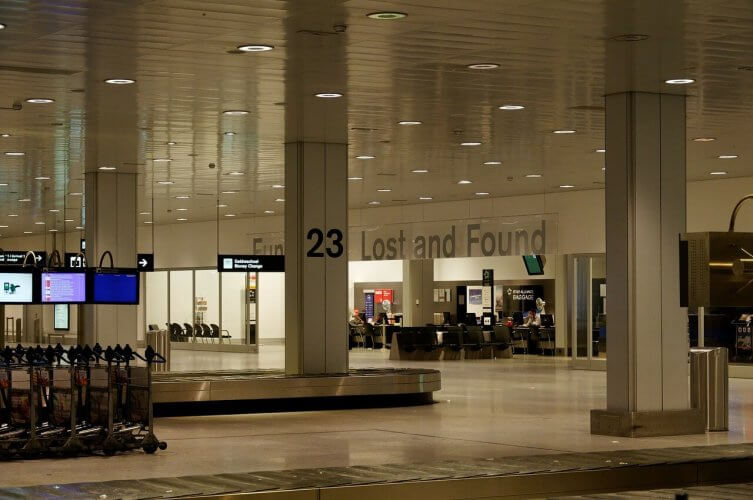Airlines are actually losing less luggage. Here’s why

With thousands of flights departing from hundreds of airports across the globe every day and a complex maze of luggage systems behind every check-in desk, I understand why you might be reluctant to let your luggage out of your sight.
You should know, however, that mishandled luggage isn’t just inconvenient for passengers, although you might think otherwise if you’re the one who ends up on a weekend break wearing your girlfriend’s t-shirts.
According to major air travel associations, SITA and IATA, the industry could save billions of dollars just by reducing the amount of mishandled luggage each year, so you can understand why keeping track of checked baggage is as much the airline’s priority as it is ours.
The number of people flying increases each year, so won’t mean more lost luggage?
The truth is that there has never been a better time to travel with checked luggage. The International Air Transport Association’s (IATA) Head of Global Baggage claims that baggage mishandling has decreased by 54% despite the influx of international travelers.
Similarly, the 2017 baggage report by SITA, an airport technology company based in Geneva, confirms that only 5.73 bags per 1,000 passengers were lost or delayed in 2016. That’s 12.25% less than 2015 and an all-time low for international airlines.
Why are airlines suddenly able to keep a handle on our luggage?
In some cases, travelers have been taking things into their own hands by placing a tiny GPS/GSM tracking device inside their checked luggage to keep tabs on where their suitcase might be rolling off to.
In other cases, luggage manufacturers have upped their game with Bluetooth equipped suitcases and smartphone tracking apps. Another key airport development, which has fewer passengers holding their breath as luggage carousels go around and around, is self-checked luggage.
Believe it or not, DIY bag check-in is helping make sure that your ski equipment arrives in Switzerland and that your sunscreen makes it to La Costa Brava.

Meanwhile, SITA’s report indicates that we should all thank the new luggage tracking and checking systems that fewer and fewer bags are taking detours or disappearing into the abyss each year. Since IATA launched the Resolution 753 campaign to improve baggage handling, airlines have been preparing to meet the June 2018 deadline. The agreement requires that all members adopt Radio-Frequency Identification (RFID) bag tagging and share tracking records. This means that the airlines are able to see the specific location of your suitcase from the moment that’s it’s dropped off to the moment it arrives at its final destination.
Is RIFD bag tagging here to stay?
It certainly looks like it. Major airlines have been as eager to invest in this new technology as passengers have been to use it. Leading US companies including American Airlines and Delta Airlines, who were also the first US airline to release a ‘Track My Bags’ app in 2011, have already upgraded their bag tagging systems and the report says that:
“By 2019, the majority of airlines plan to provide missing bag communications, real-time bag status information, and baggage location status updates to passengers’ smartphones and tablets.”
Which should make it virtually impossible, or at least, very unlikely, that you or your family’s set of luggage will take separate vacations in the coming years.